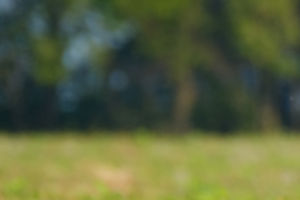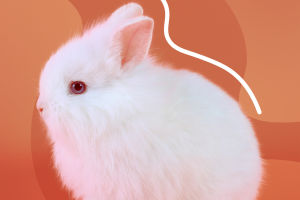Cow its muscle fiber is big, protein is big, and it is chewy and satisfying to eat in one bite.
The cow is bigger than the sheep.
If we don't talk about the flavor, but only the taste, the meat of cow is better than the mutton.
In addition, the meat is eaten in different ways.
The market determines supply, which will affect the breeding of cattle breeds. Like with cows.
As for the Japanese kind, they like to eat the meat of cows that is relatively tender and high in fat.
So they cultivate a kind of cow that is specially suitable for this way of eating, which is called he Niu.
How can cattle grow so much fat? It depends on grain feeding.
Feed concentrate hard so that you can gain so much fat. Named Snowflake.
Therefore, the quality of cattle in different places is different, which is determined by the environment and genes.
In summer, the grass on the prairie grows very well, and the cattle can have enough to eat, but in winter.
When the prairie is bare, what do cattle eat? So how to feed cattle to grow well in winter?
Usually in summer, they will circle a place in their grassland to keep the cattle and sheep from eating.
So that the grass in this place will grow tall, which is the dry food for cattle and sheep in winter.
In autumn, herdsmen will also mow the grass, that is, cut down the grass that has been enclosed before, tie it into a square, put it in place, and pull it home together after all the mowing.
In winter, herdsmen will also graze and let cattle go out to find their own food.
Cattle will eat some dried grass and dried plants, and low shrubs are also their food, but after all, they don't have enough to eat.
So when they get home at night, they have to feed them some beaten grass.
The feeding of cattle in winter should pay attention to nutrition and quantity.
1. Single forage and lack of nutrition in winter can easily lead to fat loss and weight loss of cattle.
The straw can be ammoniated, wheat straw and rice straw can be finely crushed into short sections 2-3 cm long.
And 4 kg of urea is added to every 100 kg of broken wheat straw or rice straw.
During the specific operation, urea is fully dissolved with 40 kg of water.
Then stirred in crushed wheat straw and broken rice straw, stirred well, loaded into a large cylinder or cement pool, compacted, sealed, ammoniated, and can be opened for feeding after1 month.
Ammoniated forage grass is soft, fragrant and easy to digest.
2. Feeding cattle in winter should try to achieve a variety of forage grass, short grass with long grass and high quality grass with secondary grass.
Such as wheat straw, rice straw with green hay, clover leaves, peanut seedlings, alfalfa and so on.
So mixed evenly, not only suit the taste of cattle, but also comprehensive nutrition.
3. Feed concentrate with soft and hard materials, such as corn and soybeans, and soft materials such as wheat bran and powder.
At first, feed the grass, feed less when the cow is more than half full, add more when the cow is full.
And add fragrant ingredients, such as stir-fry and grind the soybeans and mix them in the grass.
4. In winter, the days are short and the nights are long.
Not only should they be fed well during the day, but also once more at night.
Each cow should be fed 13-15 kg of grass per day.


